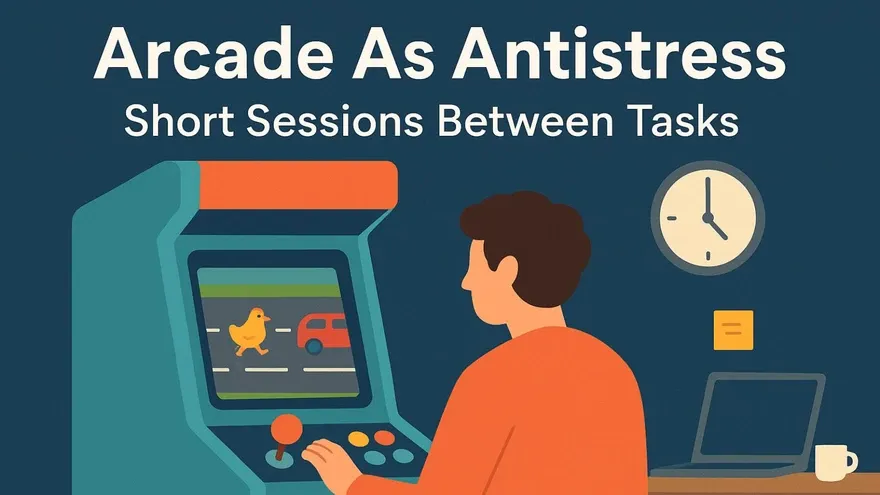When video games, play stations were not there, these sports were quite famous at that time. But in the time of video games, play stations we have almost forgotten the traditional games of India.
India has always been rich in culture and tradition, and games have been an important part of Indian culture since forever. Games and sports have always played an important role in the history and mythology of India. Gradually the time changed and so did our sports.
Here are some lesser-known sports of India:
Chaupar -

This game originated in India from Pachisi. It is believed that both games were created around the 4th century. Chaupar is a cross and circle board game very similar to pachisi, played in India. The board is made of wool or cloth, with wooden pawns and six cowry shells to be used to determine each player's move, although others distinguish chaupur from pachisi by the use of 3 tetrahedral (four-sided) long dice. The game is usually played on a table or the floor.
Players move their paws across an asymmetrical cross-board made of an embroidered cloth to reach a designated “nest.” The one who is the first to move all pieces here is the winner.
Gilli Danda -

Gilli Danda is an ancient sport of India, possibly with origins over 2500 years ago. It is believed to be the origin of Western games such as cricket, baseball, and softball. Gilli-Danda is an amateur sport played in the rural areas and small towns all over Bangladesh, India, Nepal, Afghanistan, and Pakistan as well as Cambodia, Turkey and Italy. The game is played with two sticks: a large one called a danda, which is used to hit a smaller one, the Gilli.

We usually see children playing this game. This is one of the most loved games among children. Hopscotch is a popular playground game in which players toss a small object into numbered triangles of a pattern of rectangles outlined on the ground and then hop or jump through the spaces to retrieve the object.

Kancha -
It used to be one of the favorites of young boys. Kancha or golis are the balls made of glass in various colors with a diameter of 1/2 inch. They even came in tiny and bigger sizes too (used rarely to accomplish challenging tasks!) I remember my brothers counting the golis or marbles every time they returned from their successful battles. Am sure every boy had his favorite and lucky marble.
The game had its own modus operandi. There used to be various versions ranging from easy to more complicated ones. Basically the players had to hit the selected target ‘kancha’ using their own marble. The winner takes all Kanchas of rest of the players.
Kho-Kho -

Kho-Kho ranks as one of the most popular traditional sports in India. The origin of Kho-Kho is difficult to trace, but many historians believe, that it is a modified form of 'Run Chase', which in its simplest form involves chasing and touching a person. With its origins in Maharashtra, Kho-Kho in ancient times was played on 'raths' or chariots and was known as Rathera.
It consists of two teams. 1 team sits/kneels in the middle of the court, in a row, with adjacent members facing opposite directions. The team that takes the shortest time to tag/tap all the opponents in the field, wins.
Like all Indian games, it is simple, inexpensive and enjoyable. It does, however, demand physical fitness, strength, speed and stamina, and a certain amount of ability. Dodging, feinting and bursts of controlled speed make this game quite thrilling. To catch by pursuit - to chase, rather than just run - is the capstone of Kho-Kho. The game develops qualities such as obedience, discipline, sportsmanship, and loyalty between team members.
Must Read | Paralympics 2020 – Time it’s given importance!















